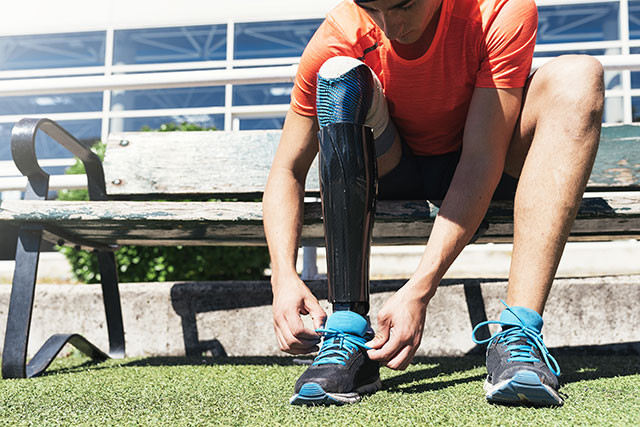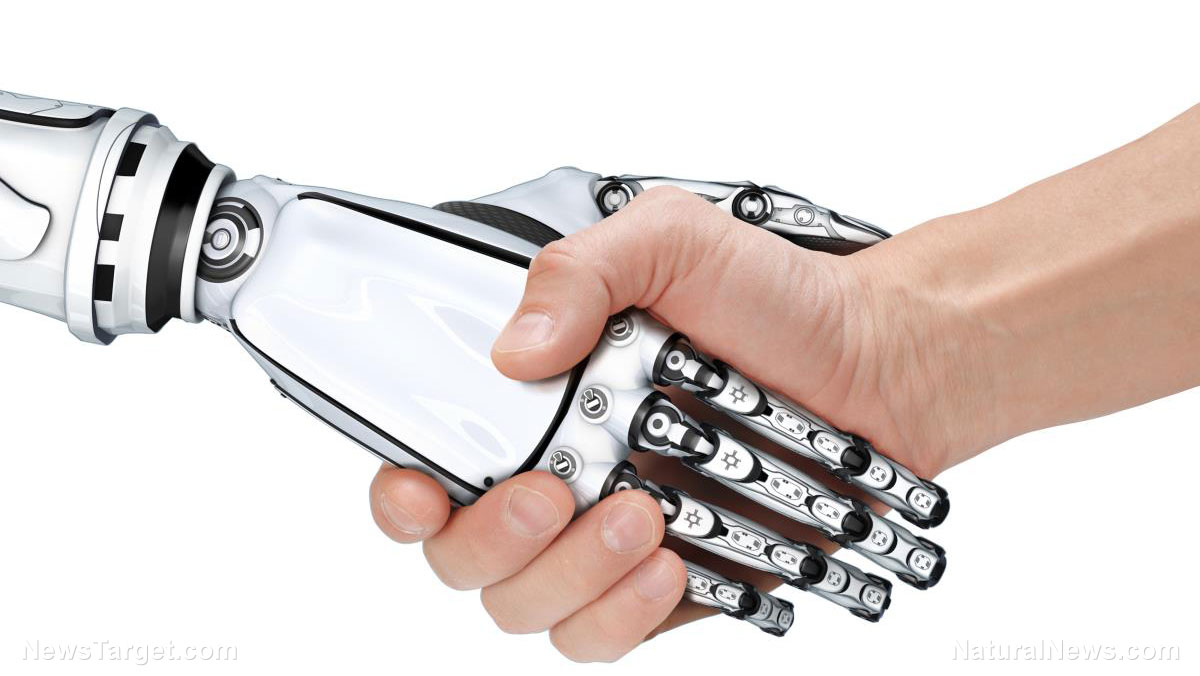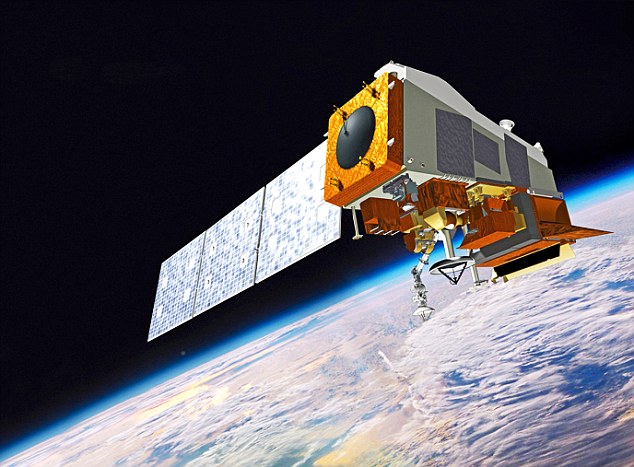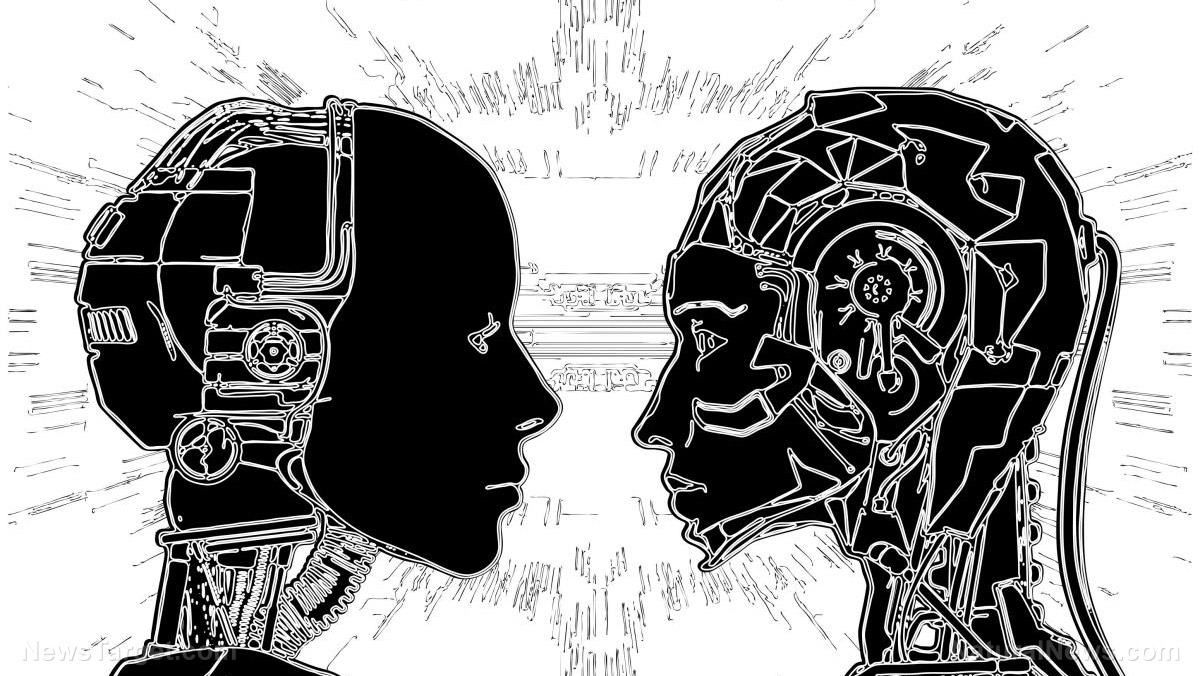Google’s AI can diagnose heart disease by looking at a patient’s retina, say researchers
07/12/2018 / By David Williams
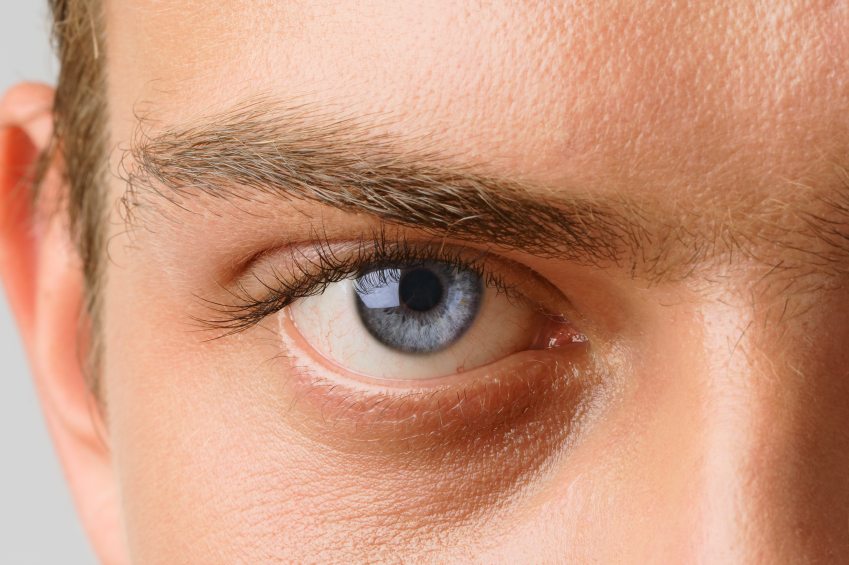
They say a person’s eyes are the windows to their soul. Researchers at Google want to take that expression and turn it into something a little more grounded in reality. In a new study, experts working for the internet search giant revealed that it’s possible to predict heart disease in patients simply by examining their retinas. The details of this study were published recently in the journal Nature Biomedical Engineering.
The eye exam is a normal part of any standard physical examination done by a doctor. Through studying a person’s eyes, doctors can determine what kind of diseases they may have or will have in the future. However, when it comes to heart disease, things are a little more complicated. To determine a person’s risk level for certain types of diseases of the heart, it’s usually necessary to stick something into a person’s body.
But Google wants to change things completely, by allowing doctors to determine whether or not a person is at risk of developing certain heart diseases all by analyzing the available information on their retina. They have created a method for this with the use of Artificial Intelligence (AI), and are hoping to improve it with further testing.
A report on the AI-based method developed by Google states that medical researchers have already shown that there is a link between a person’s retinal vessels and the apparent risk of a major cardiovascular attack. So it was only logical for the company to begin testing the algorithm that it developed to quantify the association effectively. What they found was that their algorithm could accurately predict which patients would suffer from heart diseases within the next five years, and which ones would not, at up to 70 percent accuracy. In total, they analyzed data from 284,335 patients and validated on two independent data sets of 12,026 and 999 patients to arrive at their conclusions.
According to Lily Peng, a doctor and a lead researcher on the project at Google, there are still a number of ways to improve on their method, particularly in assessing its accuracy and effectiveness. “The caveat to this is that it’s early, [and] we trained this on a small data set,” she explained. “We think that the accuracy of this prediction will go up a little bit more as we kind of get more comprehensive data. Discovering that we could do this is a good first step. But we need to validate.”
Google algorithm generates a sort of “heatmap,” or a graphical representation of the data gathered, whenever it’s in use. It reveals which pixels in an image were the most important for predicting the risk factor of heart disease in patients. At first, the team behind the method was working on predicting eye disease. But they eventually expanded their tests to cover other factors, which led to their surprise discovery of a method to predict heart disease from mere retinal scans.
While the process shows plenty of promise, it will be a long time before you see it in use in any hospitals or clinics near you. If you ask Google’s Peng, she says that it will be more in the “order of years” instead of just a few months before they hit a breakthrough that makes it compatible with mainstream medical practices. “It’s not just when it’s going to be used, but how it’s going to be used,” she added.
The team at Google is well aware of the other potential applications of their discovery, and they hope that researchers in other places take what they have done so far and try to build upon it.
Read more about how you can keep yourself safe from heart disease at Prevention.news.
Sources include:
Tagged Under: artificial intelligence, biomedical application, cardiovascular disease, eye scan, future tech, heart attack, heart disease, machine learning, research, retinal scan, robotics




